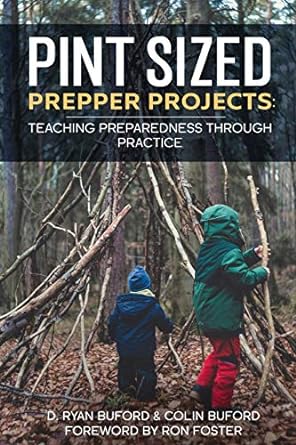How to: Forage for Summer Edibles 17 - Chanterelles & Other Fungi
Share
Videos
08/14/2014
Chanterelles are choice, easy to identify, very tasty edible wild mushrooms (fungi). They have ridges from the upper part of the stem to the hood instead of gills, and have an aromatic apricot smell, and have milky-white flesh when cut. These features denote clear identification.
Also, I am pointing out some other edible mushrooms found on my foray with the Minnesota Mychological Society: Purple Gill Mushrooms (Purple Laccarias/Laccaria Ochropurpurea), Fawn Mushrooms (Pluteus Cervinus), Old-Man-of-The-Woods (Strobilomyces strobilaceus), Sulphur shelf / Chicken of the woods (Laetiporus sulphureus), Honey Mushrooms(Armillaria mellea), Ghost Plant / Corpse Plant / Indian Pipe plant (Monotropa uniflora), which are not edible nor a mushroom species but interesting nonetheless because they do not need to use photosynthesis to surive, and Chanterells (Cantharellus cibarius).
I have separated out all the mushrooms for identifcation, and I will be separating the stems from the caps. I then will lightly scrub dirt and other debris off of them after a bleach water rinse (1/2 cap full of bleach). This is to be sure to disenfect the edible parts of the mushrooms. Then I will par-boil the fungi for later use and/or storage.
PLEASE DO NOT USE THIS VIDEO AS A DEFINITIVE EDIBLE MUSHROOM IDENTIFICATION RESOURCE - DO YOUR OWN RESEACH. I ASSUME NO LIABILITY IF YOU CHOOSE TO INGEST WILD EDIBLES ON YOUR OWN WITHOUT PROPER EXPERIENCE OR VETTED KNOWLEDGE!
The fungi & plant(s) featured are:
Purple Gill Mushrooms (Purple Laccarias/Laccaria Ochropurpurea)
Fawn Mushrooms (Pluteus Cervinus)
Old-Man-of-The-Woods (Strobilomyces strobilaceus)
Sulphur shelf / Chicken of the woods (Laetiporus sulphureus)
Honey Mushrooms (Armillaria mellea)
Ghost Plant / Corpse Plant / Indian Pipe plant (Monotropa uniflora)
Chanterells (Cantharellus cibarius)
========================
FORAGING RULES:
1). Only harvest plants that you have 110% positively identified.
2). Only harvest from areas where you have permission to do so.
3). Only harvest from areas you know are not sprayed, contaminated, or polluted.
4).Only use your harvest after they have been well washed in water.
5). Only ingest small amounts at first; If you choose to do so it is AT YOUR OWN RISK! DO NOT use this short video as the source of truth...DO YOUR OWN RESEARCH and/or find someone in your area who is knowledgeable and competent
#5 is especially important if you are new to wild foraging. Aside from the obvious dangers of thistles, poison ivy, poison oak, and deadly water hemlock...Many wild plants contain off the charts vitamins and minerals which might create a shock to your system...considering the nutrient count of your average domesticated vegetable foodstuffs.
Also and adendem to rule #1 is follow Green Deane's of EatTheWeeds I.T.E.M-ize Rules:
(I)dentify the plant beyond doubt....be sure it is the right
(T)ime of year. Check its
(E)nvironment. This involves two things. One is making sure it is growing in the right place. The other is making sure the plant is getting clean water and is not in polluted soil. And then...
(M)ethod of preparation.

SORRY - There are no steps for this How-To. Please check back later. Or drop me a line at
TheUrbanAbo@gmail.com to let me know you wanna see this one fleshed out.








